What Is The Best Microscope For A Child?
The best microscope for a child would depend on their age and level of interest in microscopy. For younger children, a simple and durable microscope with low magnification (around 100x) would be suitable for exploring basic specimens such as leaves, insects, and fabrics. For older children with a greater interest in science, a compound microscope with higher magnification (up to 400x or more) and additional features such as a built-in camera or LED lighting may be more appropriate. It is also important to consider the quality and durability of the microscope, as well as the availability of replacement parts and accessories. Some popular brands for children's microscopes include AmScope, Celestron, and National Geographic.
1、 Magnification power: 40x-400x

What is the best microscope for a child? The answer to this question depends on several factors, including the age of the child, their level of interest in science, and their experience with microscopes. However, a microscope with a magnification power of 40x-400x is a good choice for most children.
This magnification range is suitable for viewing a wide variety of specimens, from insects and plant cells to bacteria and protozoa. It is also powerful enough to provide a clear and detailed view of the specimen without being too overwhelming for a child.
When choosing a microscope for a child, it is important to consider other factors as well. For example, the microscope should be easy to use and durable enough to withstand the rough handling that is common with children. It should also be affordable and come with a range of accessories, such as slides and coverslips, to make it easier for the child to get started.
In addition to these factors, it is also important to consider the latest point of view on microscopes for children. Many experts recommend that children be introduced to microscopes at an early age to help them develop an interest in science and to encourage them to explore the world around them. Microscopes can also help children develop important skills, such as observation, critical thinking, and problem-solving.
Overall, a microscope with a magnification power of 40x-400x is a good choice for most children. It provides a clear and detailed view of specimens, is easy to use and durable, and can help children develop important skills and interests.
2、 Durability and safety features

What is the best microscope for a child? When it comes to choosing a microscope for a child, there are a few factors to consider. Firstly, the microscope should be durable and able to withstand the wear and tear that comes with regular use by a child. Secondly, it should have safety features to prevent accidents and injuries.
Durability is important because children can be rough with their toys and equipment. A microscope that is made of sturdy materials and has a solid construction will last longer and provide a better experience for the child. Additionally, a microscope that is easy to clean and maintain will ensure that it stays in good condition for longer.
Safety features are also crucial when it comes to choosing a microscope for a child. The microscope should have features such as a locking mechanism to prevent accidental exposure to the lenses, as well as a sturdy base to prevent it from tipping over. It is also important to choose a microscope that is age-appropriate and has been designed with children in mind.
In recent years, there has been a growing trend towards digital microscopes for children. These microscopes use a camera and a screen to display the images, which can be easier for children to use and understand. They also often come with additional features such as built-in lighting and the ability to capture and save images.
In conclusion, when choosing a microscope for a child, it is important to prioritize durability and safety features. Additionally, digital microscopes may be a good option for children who are just starting out with microscopy.
3、 Ease of use and portability

What is the best microscope for a child? The answer to this question depends on several factors, including the age of the child, their level of interest in science, and their experience with microscopes. However, two key factors that should be considered when choosing a microscope for a child are ease of use and portability.
Ease of use is important because children may become frustrated or discouraged if they are unable to operate the microscope effectively. Look for a microscope with simple controls and clear instructions. Some models even come with pre-made slides to help children get started.
Portability is also important because children may want to take their microscope with them on field trips or to show their friends. Look for a lightweight and compact microscope that can be easily transported.
In terms of the latest point of view, there are now digital microscopes available that connect to a computer or tablet, allowing children to view and capture images of their specimens on a larger screen. These can be a great option for children who are interested in photography or want to share their findings with others.
Overall, the best microscope for a child is one that is easy to use, portable, and fits their individual interests and needs.
4、 LED lighting and battery life

What is the best microscope for a child? LED lighting and battery life are two important factors to consider when choosing a microscope for a child.
LED lighting provides bright and even illumination, making it easier for children to see the specimen they are observing. LED lights also have a longer lifespan than traditional bulbs, which means they won't need to be replaced as often. Additionally, LED lights are energy-efficient, which can help extend the battery life of the microscope.
Speaking of battery life, it's important to choose a microscope with a long-lasting battery. This will allow children to use the microscope for longer periods of time without needing to recharge or replace the batteries. Some microscopes even come with rechargeable batteries, which can be a convenient and cost-effective option.
When it comes to the latest point of view, there are now many microscopes designed specifically for children that incorporate LED lighting and long-lasting batteries. These microscopes often feature durable construction and easy-to-use controls, making them ideal for young scientists. Some even come with built-in cameras, allowing children to capture images and videos of their observations.
Overall, when choosing a microscope for a child, LED lighting and battery life should be top considerations. By selecting a microscope with these features, children can enjoy a clear and bright view of their specimens for longer periods of time.











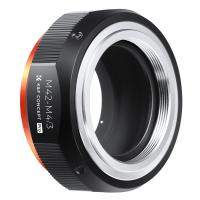

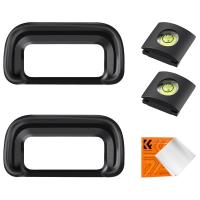

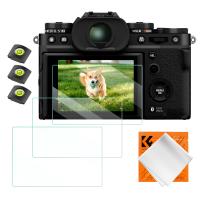
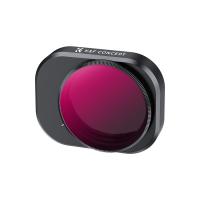


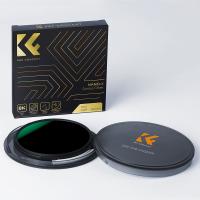
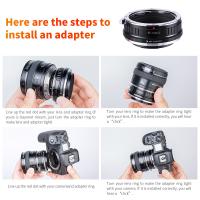

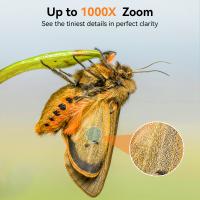



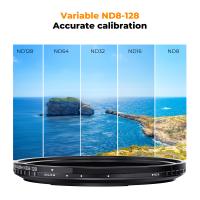

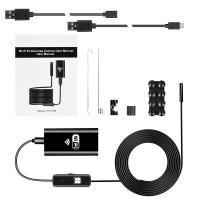
There are no comments for this blog.